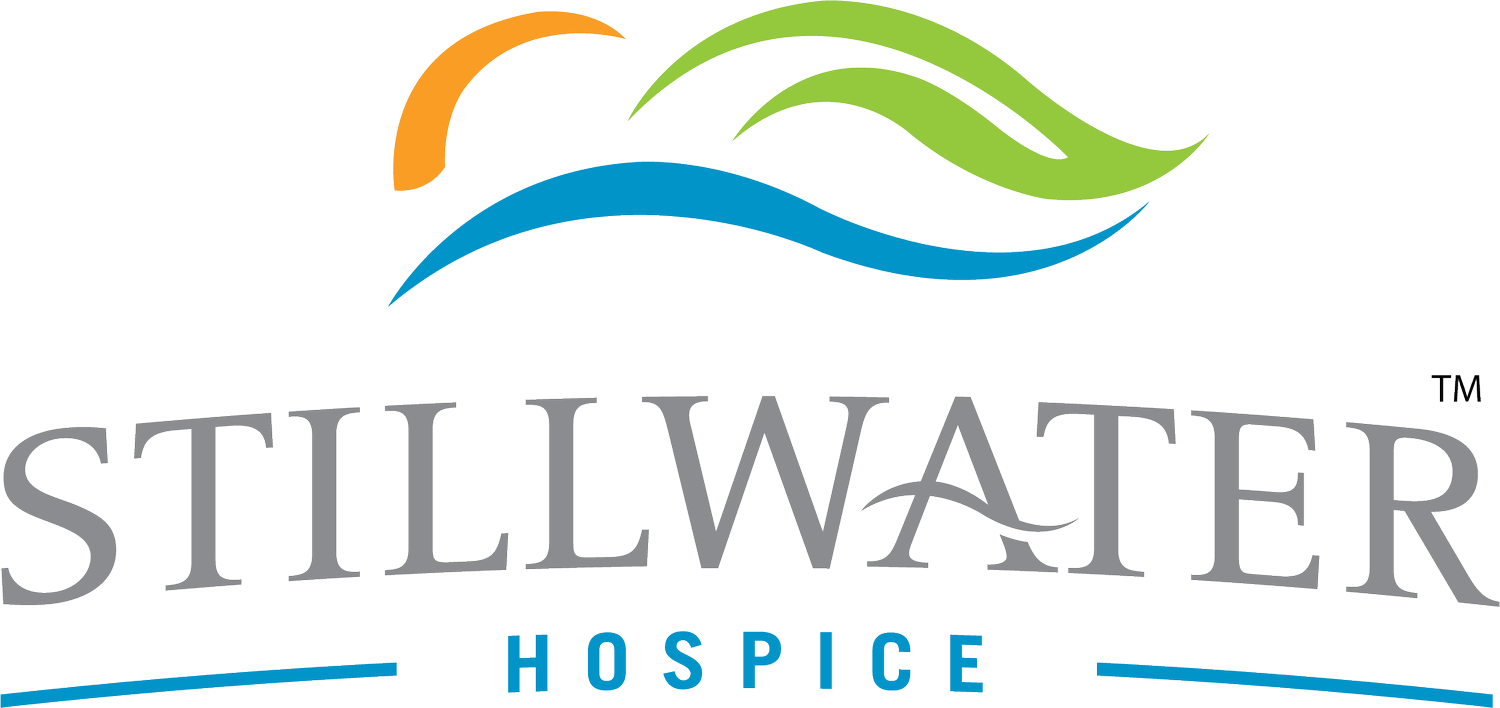Understanding Hospice: Identifying the Signs
This month's video insight, "Identifying the Signs," sheds light on recognizing when hospice care may be the right choice for yourself or a loved one. Navigating the decision to consider hospice care can be emotionally challenging. Understanding the signs and benefits of hospice care can provide clarity and support during this sensitive time.
Recognizing the Signs
Identifying when hospice care may be appropriate can be done without medical expertise. Here are some common indicators:
Increased Pain and Symptoms: When managing pain and symptoms becomes more difficult despite medical treatments.
Frequent Hospitalizations: If hospital visits become more frequent and disruptive to daily life.
Decline in Daily Functioning: Noticeable decline in the ability to perform daily activities independently.
Weight Loss and Reduced Appetite: Significant weight loss and loss of interest in food.
Increased Fatigue: Persistent fatigue that affects quality of life.
The Importance of Considering Hospice Care
Hospice care focuses on enhancing the quality of life for individuals with life-limiting illnesses. It comprehensively supports patients and their families, addressing physical, emotional, and spiritual needs.
Choosing hospice care can offer the following:
Comfort and Pain Management: Dedicated care to alleviate symptoms and manage pain effectively.
Emotional and Spiritual Support: Counseling and support for patients and their loved ones.
Personalized Care Plans: Tailored care plans that respect individual preferences and wishes.
Peace of Mind: Knowing that professional support is available 24/7 ensures comfort and dignity.
Get in Touch with Stillwater Hospice
Navigating end-of-life care decisions with the proper support can make a profound difference in ensuring comfort, dignity, and peace for everyone involved. Whether you're seeking information or ready to discuss options, Stillwater Hospice is here to help.


